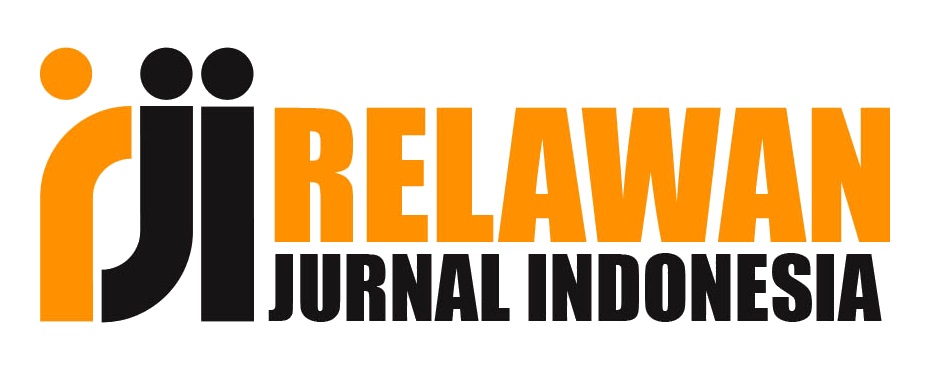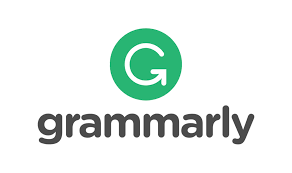English Learning Styles of the Eleventh Grade Students in SMA Negeri 07 Kendari
DOI:
https://doi.org/10.57176/jn.v3i1.81Keywords:
English learning styles, VARK, learning styles contributionAbstract
This study aimed to find out the English learning styles of the eleventh-grade students in SMA Negeri 07 Kendari and the contribution of students learning styles to English achievement. Those learning styles were visual, auditory, read/write, and kinesthetics. This study applied a quantitative approach under the survey research design. The sample for this study was 84 students of grade 11 in SMA Negeri 07 Kendari, who were divided into 4 classes. A closed-ended questionnaire was used to collect the data. This study used descriptive statistics and simple linear regression to analyze the data. The results of this study showed that the majority of grade 11 students in SMA Negeri 07 Kendari used auditory learning as their major English learning style preference. Meanwhile, visual learning was their minor English learning style preference. Followed by read-write and kinesthetics learning styles. There was a significant relationship between the students’ learning styles and their English achievement, with the significance value (Sig.) being 0.000 smaller than the probability of 0.05, and the contribution of the students’ learning styles to the English achievement of the eleventh-grade students in SMA Negeri 07 Kendari was 30%. The R square value is 0.300. It means that learning style is not the main factor contributing to the students’ academic achievement.
_________________________________________________________________________________________________________________________________________
Penelitian ini bertujuan untuk mengetahui gaya belajar bahasa Inggris siswa kelas sebelas di SMA Negeri 07 Kendari dan kontribusi gaya belajar siswa terhadap prestasi bahasa Inggris. Gaya belajar tersebut adalah visual, auditori, baca/tulis, dan kinestetik. Penelitian ini menerapkan pendekatan kuantitatif dengan desain penelitian survei. Sampel penelitian ini adalah 84 siswa kelas 11 SMA Negeri 07 Kendari yang terbagi dalam 4 kelas. Kuesioner tertutup digunakan untuk mengumpulkan data. Penelitian ini menggunakan statistik deskriptif dan regresi linier sederhana dalam menganalisis data. Hasil penelitian ini menunjukkan bahwa mayoritas siswa kelas 11 SMA Negeri 07 Kendari menggunakan pembelajaran auditory sebagai preferensi gaya belajar bahasa Inggris utama mereka. Sementara itu, pembelajaran visual merupakan preferensi gaya belajar bahasa Inggris minor mereka. Dilanjutkan dengan gaya belajar baca/tulis dan kinestetik. Terdapat hubungan yang signifikan antara gaya belajar siswa dan prestasi bahasa Inggris mereka, dengan nilai signifikansi (Sig.) sebesar 0,000 lebih kecil dari probabilitas 0,05, dan kontribusi gaya belajar siswa terhadap prestasi bahasa Inggris siswa kelas sebelas di SMA Negeri 07 Kendari sebesar 30%. Nilai R Square sebesar 0,300. Artinya, gaya belajar bukanlah faktor utama yang berkontribusi terhadap prestasi akademik siswa.
References
Aboe, R.M. (2018) ‘Correlation Between Students Learning Styles and Their Learning Achievement’, Seminar nasional pendidikan, (January), pp. 1–10.
Brady, C.L. (2013) ‘Understanding Learning Styles: Providing the Optimal Learning Experience’, International Journal of Childbirth Education, 28(2), pp. 16–19. Available at: http://proxy.lib.odu.edu/login?url=http://search.ebscohost.com/login.aspx?direct=true&db=awh&AN=87666013&site=eds-live&scope=site.
Creswell, J.W. and Creswell, J.D. (2018) Mixed Methods Procedures, Research Defign: Qualitative, Quantitative, and Mixed M ethods Approaches.
Fang-Mei, T. (2013) ‘Adult EFL Students’ Preferred Learning Styles and Motivation’, The Journal of Human Resource and Adult Learning, 9(2), p. 161. Available at: http://uq.summon.serialssolutions.com/2.0.0/link/0/eLvHCXMwA20DNjVNtbA0NDI3SkwySbVMNTZLM0wySExJTjUzM7dMMkQZ60Aqzd2EGJhS80QZ5NxcQ5w9dGFFY3xKTk48MN0Bu1PmwDLXUIyBBdgzTgUA5tIYrQ.
Fardon, M. (2013) ‘Relationships between students’ learning style preference and exam achievement in differing forms of assessment during an advanced apprenticeship at a vocational Further Education College’, in. Available at: https://api.semanticscholar.org/CorpusID:146338050.
Fitkov-Norris, E.D. and Yeghiazarian, A. (2015) ‘Validation of VARK learning modalities questionnaire using Raseh analysis’, Journal of Physics: Conference Series, 588(1). Available at: https://doi.org/10.1088/1742-6596/588/1/012048.
Hidayah, N. et al. (2022) ‘Correlation Between Learning Styles And Academic Achievement Correlation Between Learning Styles And Academic Achievement-Nurul Hidayah’, 8(2), pp. 548–557. Available at: https://doi.org/10.53565/pssa.v8i2.534.
Liu, J. and He, Q. (2014) ‘The Match of Teaching and Learning Styles in SLA’, Creative Education, 05(10), pp. 728–733. Available at: https://doi.org/10.4236/ce.2014.510085.
Marzoan et al. (2016) ‘Learning Styles , Learning Strategies and Learning Outcomes of Science in Primary School’, Academic Research International, 7(5), pp. 183–196.
Moussa, N.M. (2014) ‘The Importance of Learning Styles in Education’, Institute for Learning Styles Journal, 1, pp. 19–27.
Osman, D., Süleyman, C. and Erdil, D. (2019) ‘An investigation of pre-service basic education teachers learning styles in terms of different variables’, Educational Research and Reviews, 14(5), pp. 162–167. Available at: https://doi.org/10.5897/err2019.3687.
Sartika, M., Hatim, M. and Rosmiyati, E. (2023) ‘THE CORRELATION OF LEARNING STYLE AND ENGLISH ACHIEVMENT OF THE’.
Wesonga, F. and Aurah, C. (2019) ‘Instructional Strategies and Learning Styles as Predictors of High School students’ Academic Performance in Physics Practicals in Kenya’, (July 2020), pp. 01–11. Available at: https://doi.org/10.17501/26307413.2019.2101.
Downloads
Published
How to Cite
Issue
Section
License
Copyright (c) 2023 Azwan Hepriansyah

This work is licensed under a Creative Commons Attribution-ShareAlike 4.0 International License.
You are free to:
- Share — copy and redistribute the material in any medium or format for any purpose, even commercially.
- Adapt — remix, transform, and build upon the material for any purpose, even commercially.
- The licensor cannot revoke these freedoms as long as you follow the license terms.
Under the following terms:
- Attribution — You must give appropriate credit , provide a link to the license, and indicate if changes were made . You may do so in any reasonable manner, but not in any way that suggests the licensor endorses you or your use.
- ShareAlike — If you remix, transform, or build upon the material, you must distribute your contributions under the same license as the original.
- No additional restrictions — You may not apply legal terms or technological measures that legally restrict others from doing anything the license permits.
Notices:
You do not have to comply with the license for elements of the material in the public domain or where your use is permitted by an applicable exception or limitation .
No warranties are given. The license may not give you all of the permissions necessary for your intended use. For example, other rights such as publicity, privacy, or moral rights may limit how you use the material.
















